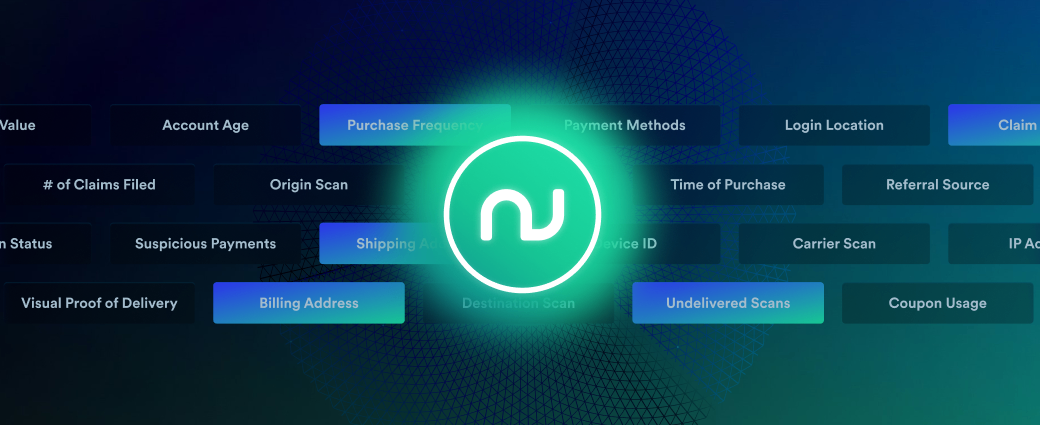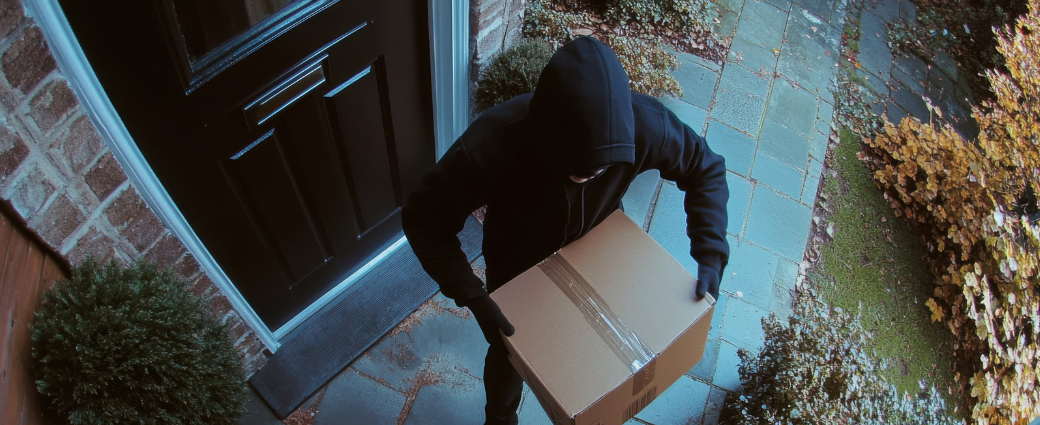
AI-powered delivery date estimates to boost conversion
Give shoppers peace of mind and protect and grow your bottom line
Personalized tracking experiences to build brand loyalty
Returns and exchanges management to mitigate fraud and reward best customers
Proactive communication to drive customer lifetime value
Delivery claim management to tackle fraud and build trust
Reuse, recycle...return? Make Returns More Sustainable Now

===breaking news November 17, 2021: Narvar has been shortlisted for Digiday's Greater Good Awards for our impact making product returns more sustainable at scale!===
Consumers are becoming more concerned about sustainability practices at the businesses they frequent, making it a priority for retailers to address. The choices they make while shopping can heavily influence how sustainable a transaction will be, but most people don’t know what will actually move the needle — or what the tradeoffs might be. It’s up to retailers to provide the right options, educate customers about the impact, and nudge them towards more sustainable choices.
Returns optimization can have great impact on sustainability — a recent MIT study found that restricting or mitigating returns can save about 13% of emissions.
So what are the key improvements that can really move the needle? According to a recent MIT study, transportation and packaging are the biggest contributors to carbon emissions in retail. Interestingly, they found that online shopping is actually greener than in-store shopping! Carbon emissions from online shopping are 36% lower, on average, than those produced by in-store trips (a standard delivery van can replace 100 individual car trips). In addition, returns is an area ripe for optimization to make the most impact on sustainability — the MIT study found that restricting or mitigating returns can save about 13% of emissions.
Rather than talking about long-horizon initiatives, here are a few concrete examples of how retailers are making returns more sustainable right now, which may help inspire you to implement some easy wins to green your own logistics and returns process.
Paper waste reduction
- Take the pre-printed return label out of the box and drive customers to an online returns portal. High online return rates notwithstanding, the vast majority of products do not get returned, so putting labels in every outbound order is very wasteful. Directing users to process returns online also unlocks a universe of other benefits including data visibility into what’s coming back and why, and the ability to dynamically direct where those returns get routed.
- Offer printerless returns. If you don’t provide a return label, customers generally have to print it themselves. Or do they? We offer printerless returns with all major US carriers; customers get a QR code to take with their package to the drop-off location, where an associate will scan and print a label for them.
Transportation efficiencies
- Leverage points of distribution closer to consumers to shrink the last mile distance. Besides using your own stores for fulfillment and returns, you can partner with a company like Narvar to provide an expanded network of convenient locations, often where customers can consolidate multiple errands in one trip like Walgreens. If you have international returns, our partnership with Cycleon can help consolidate those returns in-country for redeployment rather than shipping them back and forth cross-border.
- Automate returns routing to be more efficient. When consumers use an online portal to initiate a return, retailers can set up rules in the returns management software to intelligently route those returns directly to the most efficient location determined by geography, product type or condition — or send them back to a drop-shipper, reseller or secondary marketplace, cutting transit time and distance.
- Offer pickup directly from the consumer to eliminate their single-vehicle trip completely. Though it may seem counterintuitive, having returns picked up directly from the customer’s location can actually be greener than having them drop the item off at a store or other local return point. The delivery driver will already be in the neighborhood delivering other packages, so stopping to pick up a package won’t generate as much in emissions.
Return packaging optimization
- Offer a boxless return option. Trying to address packaging inefficiencies is a bit more complicated. A lot of packaging waste comes from sending items in boxes that are overly large for the item. If the customer is only returning 1 out of 8 items they purchased, that becomes amplified — the original packaging would be far too large to reuse. One option is to offer boxless returns; besides relieving the customer of the need to find appropriate packaging, our solution with UPS uses recyclable polybags to reduce waste.
Avoid the return shipment
- If it’s damaged, don’t ship it back. Evaluate and determine if the item is damaged and would be destroyed upon being shipped back anyway — you can request photos be uploaded for validation right within the return portal which also helps prevent abuse. Why burn the additional expense and carbon having it shipped back to you? Just provide the refund and let the consumer dispose of the item locally. This “keep the item” policy can also apply for low-priced items or other returns for which the economics of return shipping (and its carbon footprint) don’t make sense.
- Prevent some returns in the first place. Over 60% of consumers are now bracketing (buying multiple versions of items to try at home) on a regular basis, primarily due to being unsure about sizing or fit. Besides adding fit guides or technology, you can use the data gleaned from a returns portal to identify common issues and improve guidance or photos on the product page to help users have more confidence in their selections.
We’re all keenly aware that the increase in ecommerce has come with a commensurate increase in returns, which is a pain point for customers, expensive for retailers, and can be very wasteful in general. By adopting some of these proven initiatives in the near term, you can increase the sustainability of your returns experience.
We’re happy to share more insights and real-world best practices from the 1100+ world-class brands we work with — hit us up on LinkedIn or Twitter, or request a demo with one of our specialists.
























